Choosing a stabilizer for an action camera
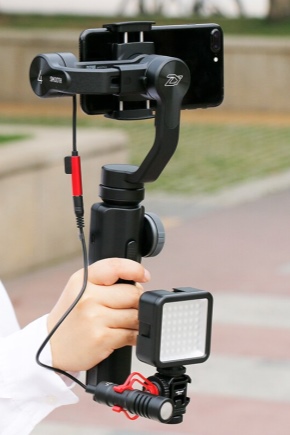
Almost all gadgets produced today are equipped with miniature photo and video cameras. However, cameras as independent products are still relevant. The same applies to professional models of technology used for filming films or solid TV shows. All this can be said about the innovations of the current century - action cameras, by their intended purpose, focused on shooting in special, dynamic conditions.
To get a high-quality, defect-free material, action cameras must be paired with an additional accessory - a stabilizer (steadicam). The modern market is replete with a variety of models focused on all kinds of technical requirements and user wishes. How to choose the right model, what criteria to be guided by when choosing - we will consider in our small review.
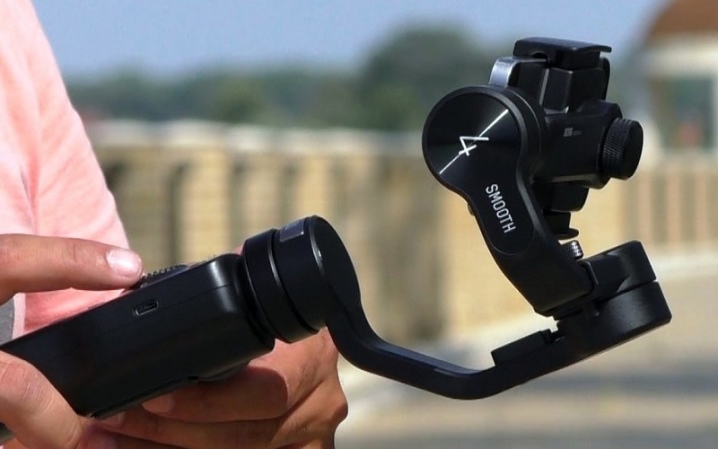
Peculiarities
After attaching the action camera to the gimbal and the initial adjustment, the stabilizer will balance it in the way necessary for the filming person. As a rule, stabilization is carried out along 3 axes with special electric motors. Yes, three-axis designs of steadicams are much more expensive than simplified mechanical products, but this is perhaps one of their few disadvantages. With the use of steadicams, the masters produce fantastic quality shooting, absolutely not losing control over the workflow.
Features of such designs provide for preliminary calibration. On the steadicam, restrictions on the movement of electric motors are configured, and this allows you to control:
- tilt angle;
- angle of rotation;
- dimensions of tolerances;
- various offsets.
Studikams are produced with several preset work algorithms, which is very beneficial in conditions of long, painstaking and tedious shooting, with abrupt changes of angles.
Quick change modes provide the ability to instantly change the characteristics of the gimbal and make high-quality photo and video material.
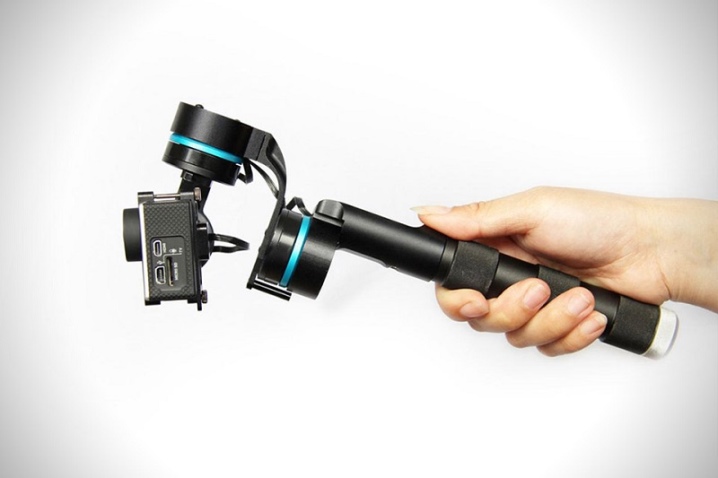
Species overview
Despite the endless variety of stabilizers produced by various companies, they are all divided into two main categories, differing in their principle of operation - mechanical (manual) and electronic. To fix cameras, special tripods are widely used, including monopods - single point tripods, selfie sticks with stabilizers.
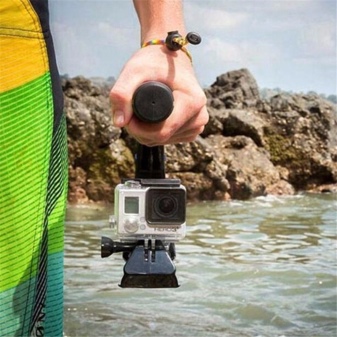
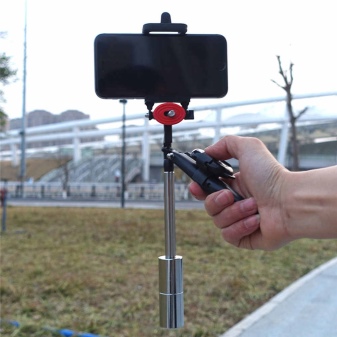
Mechanical
Using mechanical equipment in the work, the operator has to control not the camera itself, but the holder. The principle of operation of such a steadicam resembles the operation of a conventional scale, and when the handle is unexpectedly twitched, the equipment again, in a smooth mode, returns to its original horizontal position. Professional stabilizers work on three axes, which is why they are called three-axis. The simplicity of the design of such a steadicam suggests the possibility of its own production.
The advantages of a mechanical device are convincing:
- simplicity, minimum of details, cheapness;
- independence from weather conditions and unpretentiousness;
- durability and reliability.
However, there are also disadvantages.
- A three-axis gimbal requires careful and correct setup. Otherwise, the equipment will constantly warp.
- In the case of sharp turns, the equipment does not always manage to "catch" the frame, the principle of physical inertia is triggered. That is, one has to get used to such constructions, acquiring the appropriate skills.

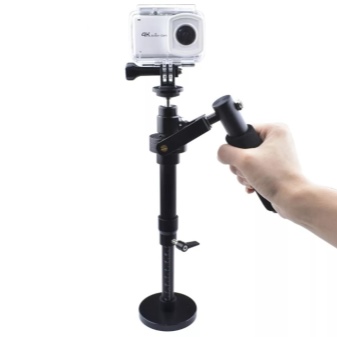
Electronic
Electronic structures work on a different principle - the cameras are stabilized by electric motors, and the degree of deviation of the apparatus is recorded by special sensitive sensors. Thus, the principle of feedback is triggered here - even a slight bias will be compensated by an electronic device. Electronic stabilizers are divided into two-axis and three-axis. Three-axis models work better.
The advantages of electronic steadicams include:
- ease of customization;
- subtlety and accuracy of device operation.
Because of these advantages, both stills and video frames tend to have a high level of professional quality if your hardware is good and set up correctly.
Disadvantages:
- high price;
- the need to recharge the power supply;
- water sensitivity - it is better not to use in rainy weather.
There are also waterproof models, but you will have to pay extra for this.

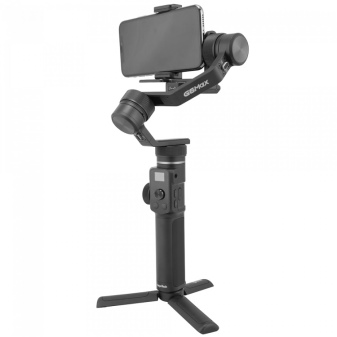
Top Models
The rating of the models on the market will, for obvious reasons, be conditional. Nevertheless a small list of popular steadicams will help you navigate, taking into account the specific goals and objectives that you are pursuing.
- Feiyu FY-G5 - compact steadicams made in China, costing 14 thousand rubles. Weighs 300 g. Equipped with a universal mount for any camera.
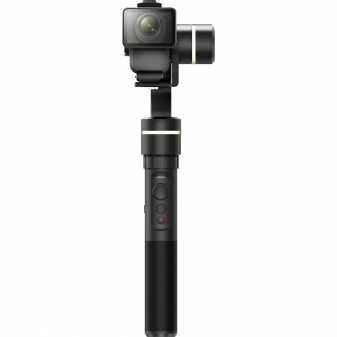
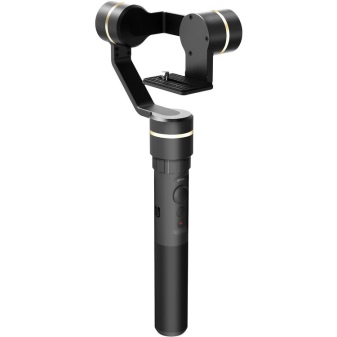
- Feiyu Tech G360 - the model is designed to work with panoramic cameras. There are few high-quality gimbals for 360-degree cameras on sale. However, the model has successfully proven itself in conjunction with traditional action cameras. To start work in a panorama, a special button is equipped on the body of the product. When enabled, the gimbal slowly rotates the device around its axis, starting panoramic shooting in one motion.

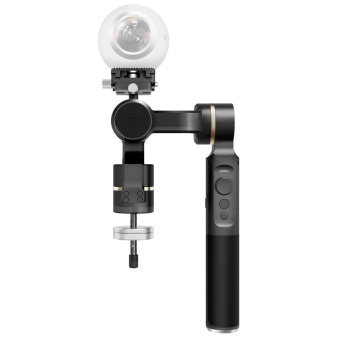
- Dji Osmo Mobile - one of the best solutions in terms of functionality and quality. Manufactured in China. The cost is about 17 thousand rubles.
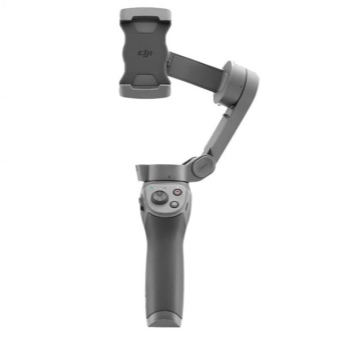
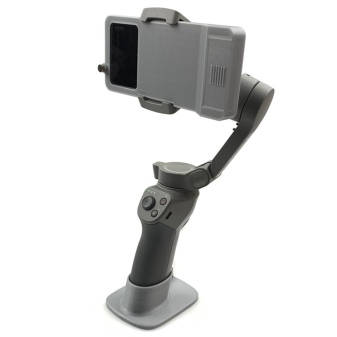
- SJCAM Gimbal. One of the moderately affordable models (around 10 thousand rubles). Unfortunately, it can only be interfaced with the action cameras of the manufacturer.
The holder is equipped with all the buttons necessary for operating, which is very convenient.
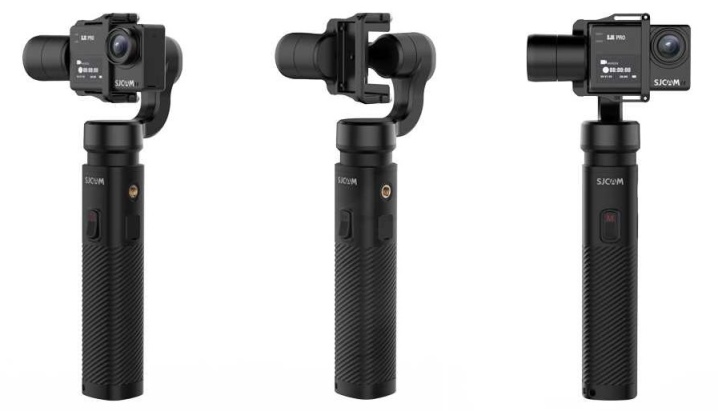
- Xiaomi Yi - excellent stabilizer, cost 15 thousand rubles (China). Purchase it for the cameras of the company of the same name. However, there is no holder in the design, which will have to be purchased separately (monopod or tripod).
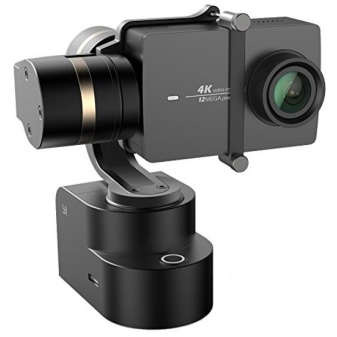
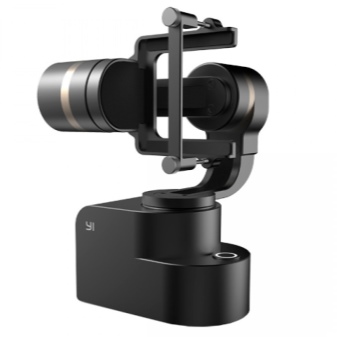
- Xiaomi Mi Action Camera Handheld Gimbale Is one of the best electronic steadicams in terms of combination of cost, high quality and features. Compatible only with Xiaomi Mijia 4K action camera (4K and 4K Lite). That is, the scope of application is narrowly focused. The body of the product is made of strong plastic - there is no need to fear for the safety of the device during dynamic shooting. Weight - about 200 g. The product is black, with a matte finish. Sadly, the handle of the product is made without a rubberized attachment and can slip in hot weather. Allows shooting in three main modes: horizon hold mode, tracking mode and selfie. The second option involves tracking the movement of the camera by the movement of the handle (hand). In the third, the apparatus is rotated 180 degrees towards the person who is shooting.
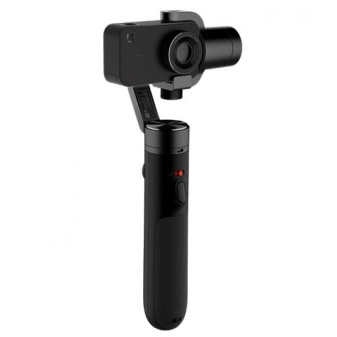
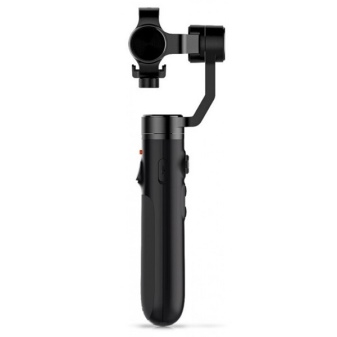
- Steadicam. It weighs 968 g, is made of aluminum, costs at least 3 thousand rubles (relatively inexpensive).
It is rated by experts as one of the best options in its category.

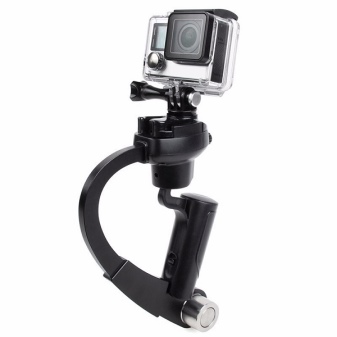
- Beholder MS-PRO. You will have to pay about 40 thousand rubles for this stabilizer. The product is of excellent quality, lightweight and durable. Weight - about 700 g, but confidently withstands a camera weighing up to 1.2 kilograms.
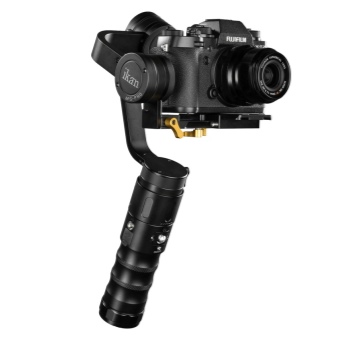
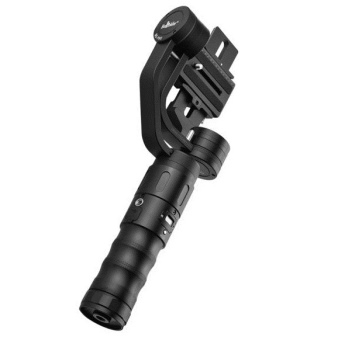
- Zhiyun Z1 Evolution. For electronic devices, long-term operation without recharging is relevant. The specified model, worth 10 thousand rubles, meets this condition in the best possible way. Equipped with a 2000 mAh battery.
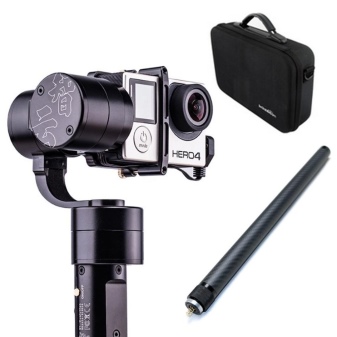

- Zhiyun Crane-M. A stabilizer worth 20 thousand rubles. It is ranked among the best options for small cameras in the 125-650 g weight range.It is often used for smartphones as well. It comes with two batteries, each with a charge of up to 12 hours.

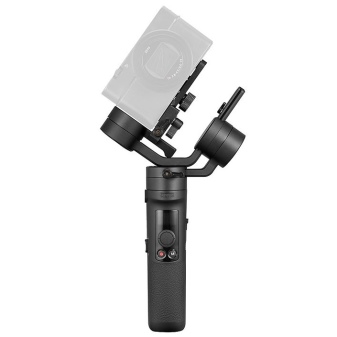
Criterias of choice
With a certain degree of certainty, it can be argued that an electronic steadicam is the best option for professional video filming. Although this parameter depends on the specific situation, and this should be borne in mind. Nevertheless in any case, one should rely on quite significant selection criteria.
- For which camera the product is selected. The pairing of the stabilizer with the camera must be absolutely reliable and ensure that the equipment does not fall out of the holder during sudden movements. Most of the models on the market have standard connectors that fit many cameras.
- Compactness of the unit. From the point of view of his choice, this is the most relevant criterion. In addition, small-sized steadicams are, as a rule, more technologically advanced and more comfortable to move around.
- Permissible load. Obviously, the gimbal should be chosen so that it can support the weight of the equipment attached to it.
- Weight. For obvious reasons, lighter steadicams are more appreciated - they tire the hand less.
- Operating time without recharging. This is the most relevant criterion that does not require special explanations. No food, no work. This, of course, does not apply to mechanical models.
Often, users ask a question about which model should be chosen for DSLR and mirrorless cameras. There is not much difference here.
It is worth focusing on the criteria given above.
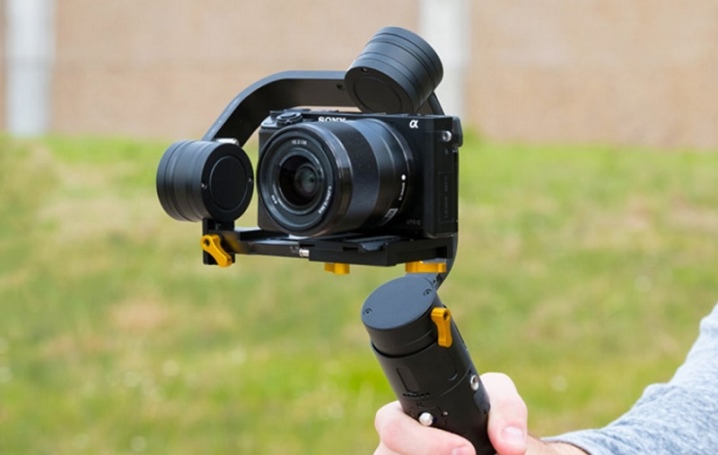
You can see an overview of the budget stabilizer for action cameras Hohem iSteady Pro below.













The comment was sent successfully.